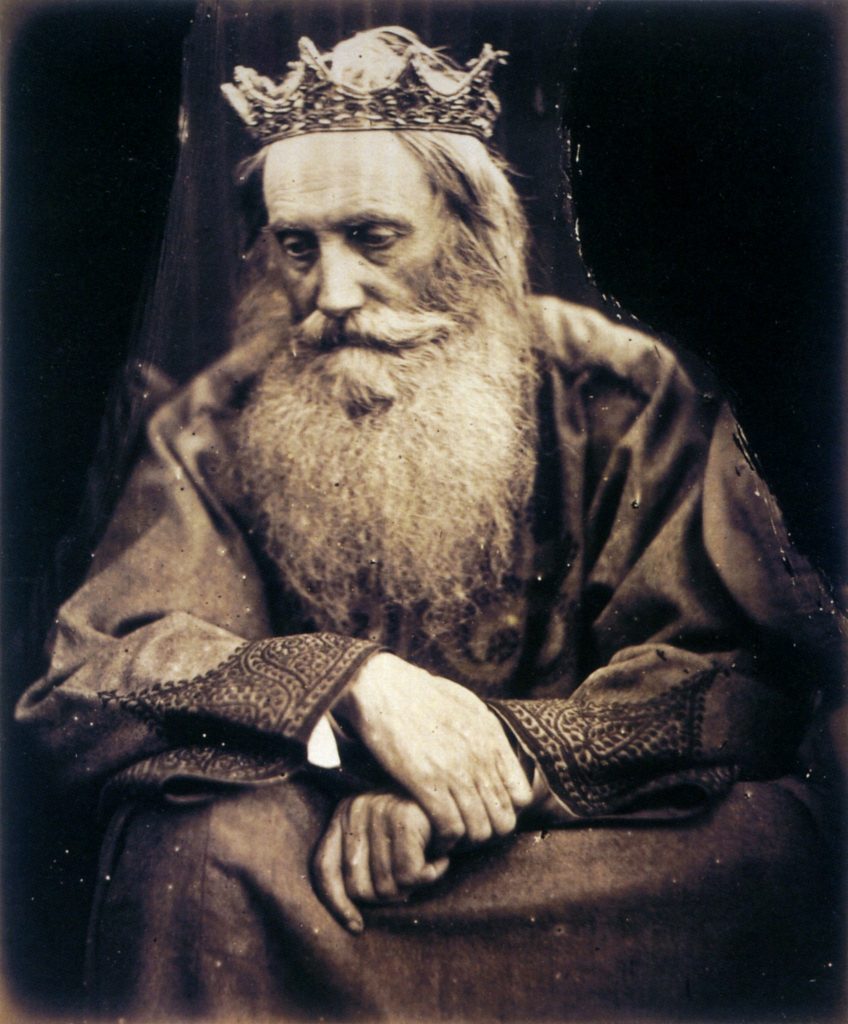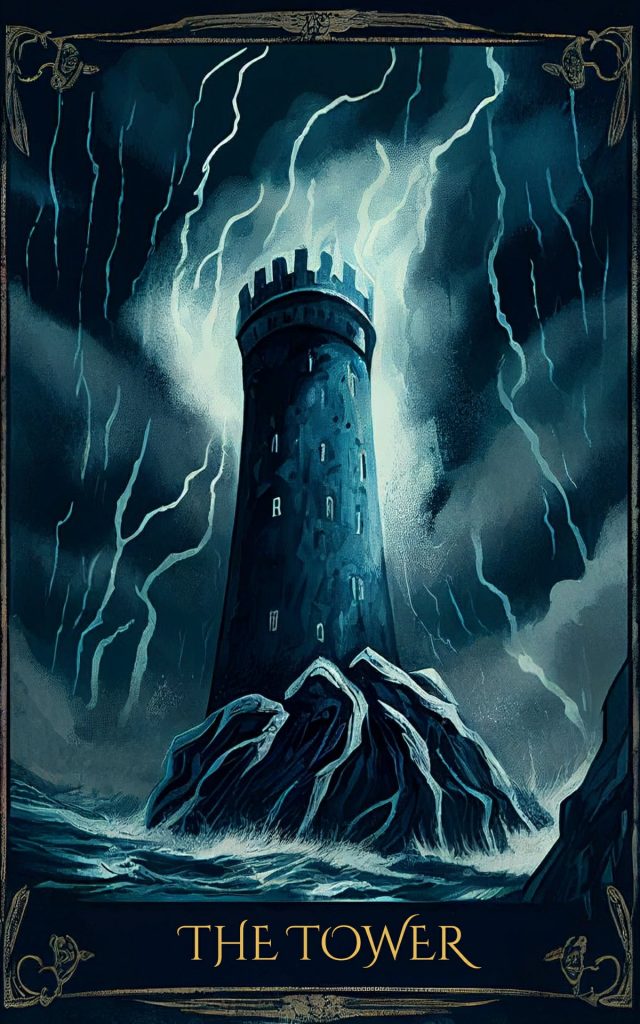(Part 2 of a 6-part series by the INFAMOUS REVIEWER GIO)
“King Orrefiah was downed, bleeding, while all about him brayed death. On either hand his retinue lay slain, pierced and hacked, their faces trodden to the mud.”
After reading Eye and the Dragon, the first of the tales in Man of Swords (paid link), we might have assumed that perhaps this whole collection was going to be less story-driven and more gearing towards the ‘abstract’ and the ‘ethereal’…WRONG.
The Knight Who Would Not Kneel once again brings back the R.V. Mills we experienced in the Isle of the Shrine of the Sick’ning Scarab. Only BETTER, if that were even possible!
Let me explain: this second tale is something that sees more action, more glorious army battles, and more fierce individual combats than we can handle…and yet, that’s not how this tale truly sets itself apart from the rest.
After saving King Orrefiah’s life on the battlefield, young Rohye–now in his late teens–finds himself reluctantly serving as one of the king’s official knights. He distinguishes himself on the battlefield time and time again against the barbaric hordes that keep threatening the kingdom through pillaging and invasions. However, Rohye frowns upon the extreme military tactics used by the king to completely annihilate the foreign tribes.
Fast-forward a year or so to when the kingdom finally seems to be experiencing a longer lasting period of peace, but the king, now in poor health and hunted by his conscience, asks Rohye to accompany him on a pilgrimage to a mythical tower where a source of supernatural healing lies hidden.
The synergy between Rohye and King Orrefiah is the apex of this entire story. Rohye is not sure why he’s even willing to aid the ill king, but he can sense that there is a reason that would be revealed in due time. The king in his ill state seeks healing (but truthfully, redemption from his crimes of war he has committed). Combine a rich cast of supporting characters, a superb ‘Shakespearean’ prosaic style and you have a true masterpiece!
The Knight Who Would Not Kneel should be read by anybody and everybody; it should be adapted to plays, movies, music; and it should be the topic of discussion of every literature roundtable across the globe.
The fact that the story has so many layers to it would make it a challenge to cover it all in just 1 review. But that’s what makes it so special, it puts the reader in a position to explore and discover over and over again.
New legends in the making. History in the making.
Thank you Mr. Mills!



